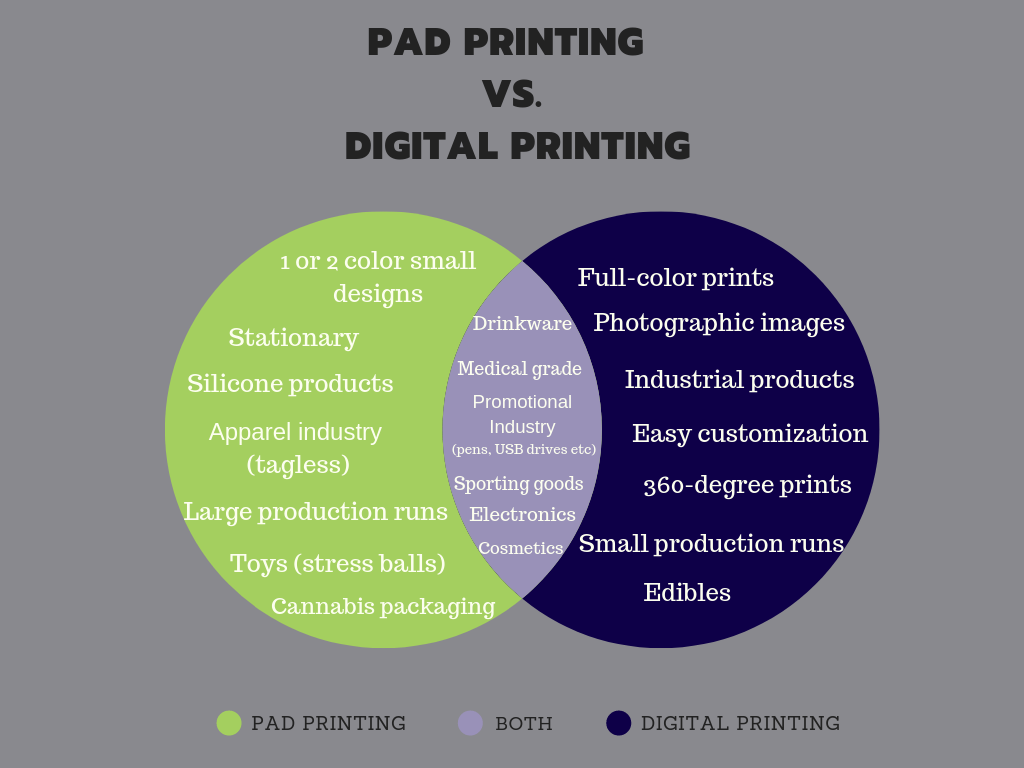Moving from Traditional Printing Methods to UV Inkjet Printing
Pad printing has been a popular method for labeling and decorating products since the late 1800s. Another popular method, screen printing, dates back over 2000 years to China. However, advances in UV digital technology, more specifically UV printers, along with the need for customized items for short-run production has enticed many to make the move from these traditional methods to digital printing. Although pad printing is still a top solution for irregular parts and certain substrates, and silk screen for apparel, inkjet printing has seen success with its ability to print full-color graphics, to produce one-offs and to produce high-quality imaging.
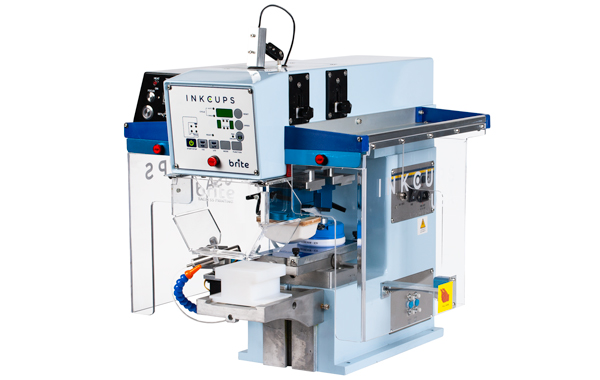 Tagless Printers
Tagless Printers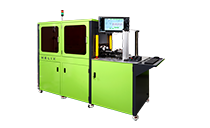 Cylindrical Inkjet Printers
Cylindrical Inkjet Printers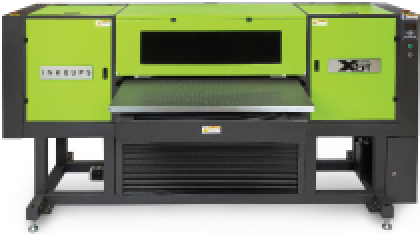 UV Flatbed Printers
UV Flatbed Printers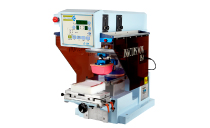 Pad Printing Machines
Pad Printing Machines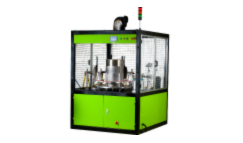 Pretreatment Systems
Pretreatment Systems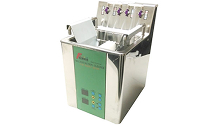 Inkjet Printing Auxiliary
Inkjet Printing Auxiliary Laser Plate-Makers
Laser Plate-Makers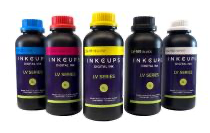 Inkjet Printing Supplies
Inkjet Printing Supplies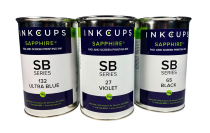 Pad Printing Supplies
Pad Printing Supplies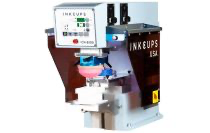 Tagless Supplies
Tagless Supplies